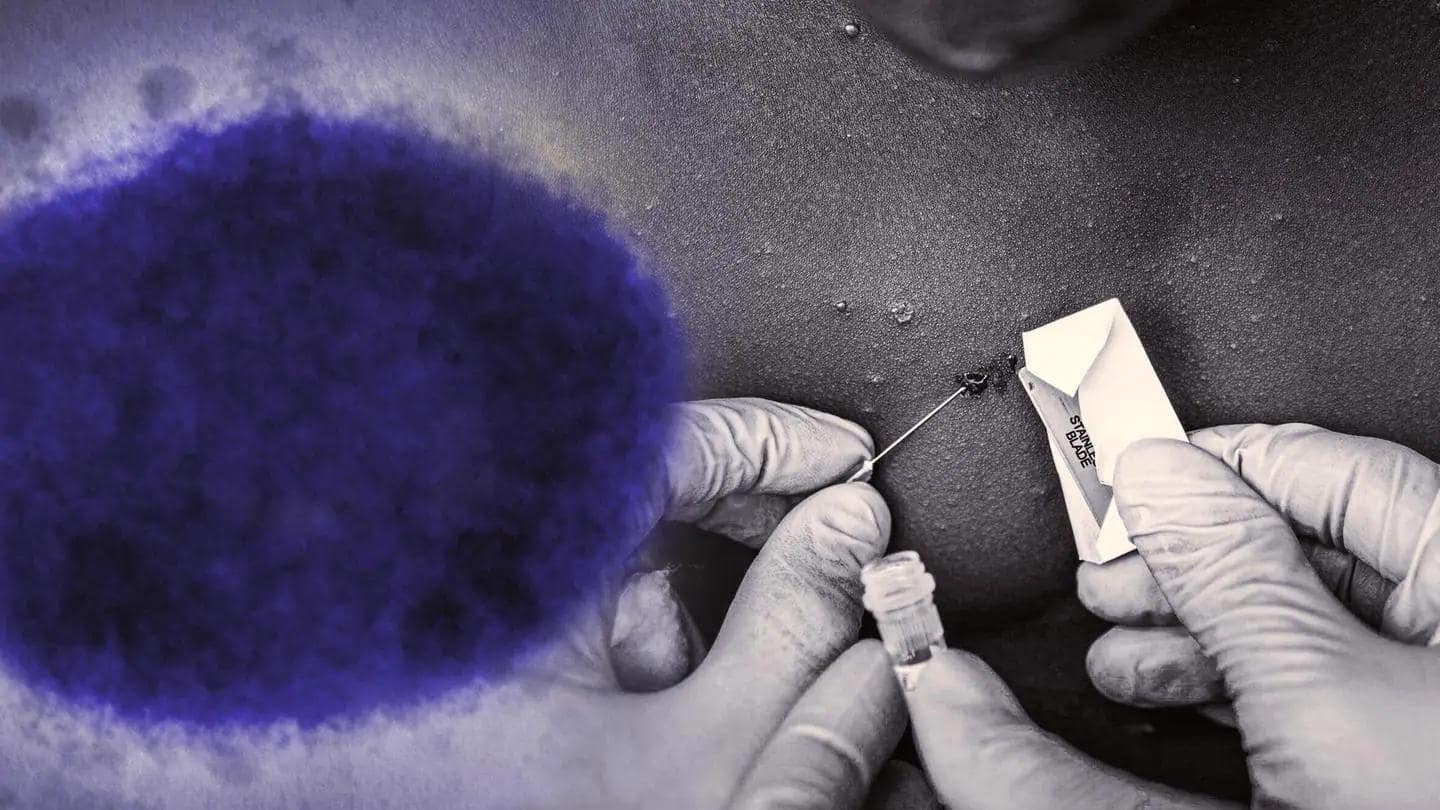
Surveillance, rapid identification, isolation: Centre issues guidelines on monkeypox
What's the story
Amid a surge in monkeypox cases in non-endemic countries, the Union Health Ministry on Tuesday issued "Guidelines on Management of Monkeypox Disease."
Even though India hasn't reported any monkeypox cases yet, the ministry has acted proactively to ensure advance preparedness across the country.
The ministry stressed surveillance and rapid identification as the key to curbing the outbreak of the infection.
Context
Why does this story matter?
Even as the world grapples with the deadly COVID-19 outbreak, surging cases of monkeypox have become a cause of concern.
Though monkeypox belongs to the same family as the smallpox-causing virus, it is less severe with lower chances of infection.
The World Health Organization says the mortality rate of monkeypox is up to 10%, with most deaths occurring in younger age groups.
Guidelines
Suspected clinical samples to be sent to NIV, Pune
The detection of unique sequences of viral DNA helps in confirming a monkeypox case.
The health ministry guidelines stated that suspected clinical samples should be sent to Pune's National Institute of Virology through the Integrated Disease Surveillance Programme network in the states.
Contacts should also be monitored for symptoms daily for 21 days from the last contact with a patient or their contaminated materials.
Isolation procedures
Guidelines explain Infection Prevention and Control measures
The Health Ministry guidelines explain Infection Prevention and Control (IPC) measures at home, ambulance transfers, and the use of personal protective equipment.
It also elaborates upon the additional protective measures that need to be taken and isolation procedures.
Important parts of the guidelines also include the epidemiology of the disease including host, incubation period, period of communicability, and mode of transmission.
World Health Organization
Monkeypox being reported in non-endemic countries
Monkeypox cases have been reported in certain non-endemic countries such as the United States, United Kingdom, Belgium, France, Germany, Italy, Netherlands, Portugal, Spain, Sweden, Australia, Canada, Austria, Canary Islands, Israel, and Switzerland.
The World Health Organization (WHO) classifies non-endemic countries as those which are reporting chains of transmission for the first time without any known epidemiological links.
Information
Monkeypox has spread to over 20 nations
A WHO report on Friday said that the monkeypox virus has spread to more than 20 nations. About 200 confirmed cases and over 100 suspected cases are being reported in non-endemic countries.
WHO says
What exactly is monkeypox?
Mostly transmitted to humans from animals, monkeypox is a viral zoonotic disease.
Most cases of the monkeypox infection are found in West and Central Africa.
According to the WHO, the monkeypox virus is similar to human smallpox.
Although monkeypox is said to be much milder than smallpox, with a mortality rate of up to 10%, it can be fatal in rare cases.
History
First human case of monkeypox identified in 1970
The first case of human monkeypox was identified in 1970 in Congo (former Zaire) in a nine-year-old boy, two years after smallpox had been eradicated from the region.
Since then, most cases have been reported from rainforest regions of the Congo Basin where it is considered endemic.
However, in 2017, 40 years after its last confirmed case, Nigeria witnessed the biggest outbreak to date.